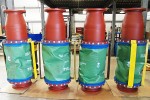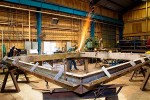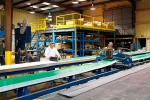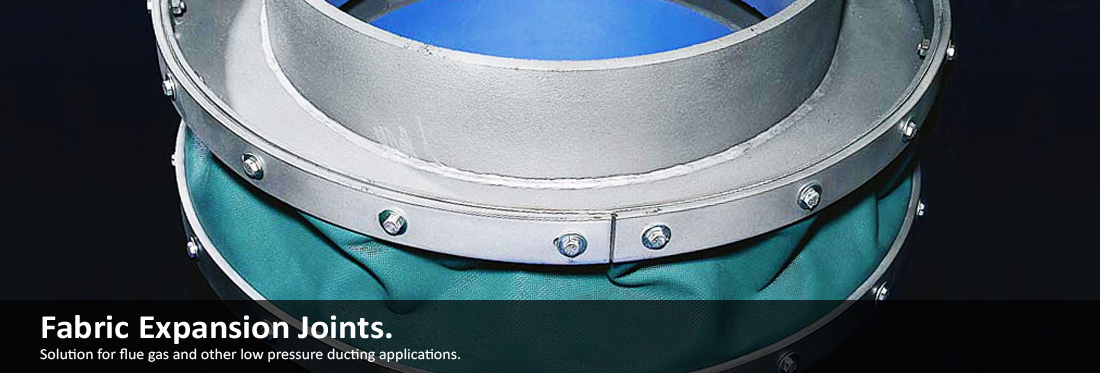
Fabric Expansion Joints
Senior Flexonics Pathway manufactures a complete range of Fabric Expansion Joints for a wide array of Industry, including: Power Generation, Refining and Petrochemical, Steel Mills and Metals Processing, Pulp and Paper, Cement and various other general industrial applications.
Our new state of the art manufacturing facility is second to none and is totally self-sufficient. We inventory a large volume of both Teflon® based and Viton® based belting materials as well as carbon steel, CORTEN and stainless steel plate and bar materials for frames, and clamp bars.
We specialize in expedited, emergency requests and problem solving.
Senior Flexonics Pathway is the largest stocking distributor of DARLYN 1100CB, the proven leader of all fabric expansion joint belt materials available today.
These top of the line materials include: FKM fluoroelastomer and EPDM elastomer with glass reinforcement and glass reinforced fluoroplastic.We expertly match up the materials to the specification of the expansion joint and make them using a wide range of materials best suited to the application.
- Five-year warranty protection
- Lowest installed cost with Darlyn 1100CB®
- Easy-to-splice materials
- 48-hour critical shipment capability
- Site surveys and inspection services
- Performance validated by testing
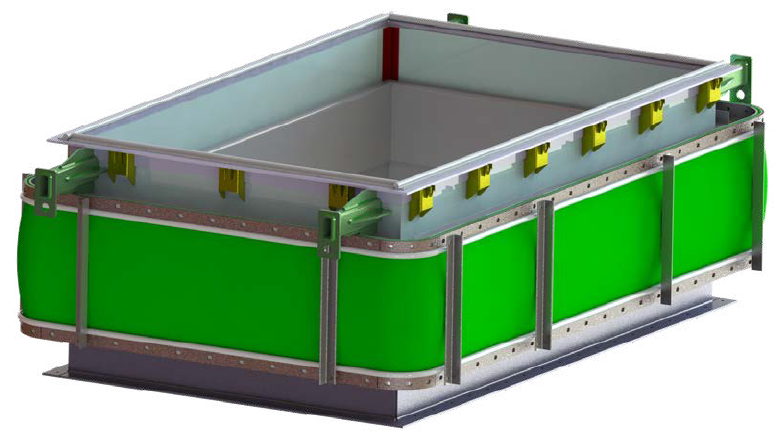
FAB FIT:
- Belts are attached by bolting to angle or plate flanges, or duct sections.
- End connections may conform to ducting sizes, or customer designed.
- Fittings may be the same at each end or different.
- Corners are typically 90 degree, but may also be rounded.
FAB FORM:
- One rectangular flow area non-metallic belt.
- Typical dimensions of 12” x 12” minimum, up to 240” square. Overall length may vary, typically within the range of 12” to 48”.
- Additional accessories maybe incorporated such as load
bearing restraints, movement limiters, protection devices.
FAB FUNCTION:
- Absorbs ducting thermal or vibratory movement, primarily axial and lateral.
- Movement amplitude varies, typically within the range of 1” to 6”.
- Movement amplitude varies, typically within the range of 1/4” to 10”.
- Movement frequency typically is low cycle (1 to 100 cycles per year).
